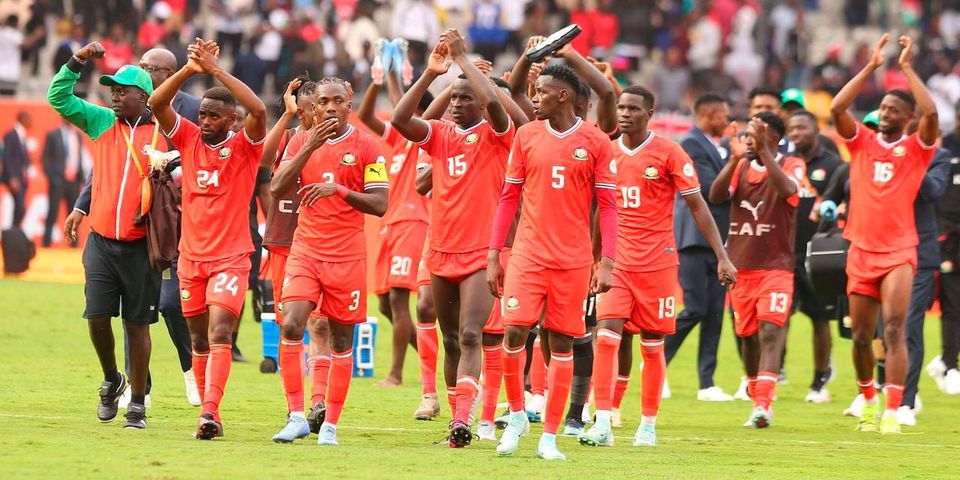Kenyan football fans were left stunned on Tuesday night after the Harambee Stars suffered a humiliating 8-0 defeat to African giants Senegal in a friendly match played in Turkey. Beyond the scoreline, the match brutally exposed the enormous financial and structural gap between the two teams, most clearly illustrated by their respective squad valuations.
Senegal, widely regarded as one of Africa’s strongest football nations, arrived armed with a squad worth an estimated €394 million, translating to about Ksh 59.22 billion. In comparison, the Harambee Stars featured a squad valued at €11.43 million, roughly Ksh 1.72 billion. This places Senegal’s footballing worth at nearly 34 times that of Kenya—a disparity that was painfully evident on the pitch.
The Lions of Teranga fielded a starting XI packed with elite European-based talent. Their attack featured global superstars such as Sadio Mané, who delivered a hat-trick, and Chelsea forward Nicolas Jackson, who added a brace. Their defensive unit was equally formidable, anchored by Kalidou Koulibaly and shielded by experienced goalkeeper Edouard Mendy. These players compete weekly in top-tier leagues under the highest standards of coaching, sports science and investment—factors reflected in their staggering individual and collective valuations.
For the Harambee Stars, the challenge was immense even before kick-off. While the Kenyan squad included hardworking players like Byrne Omondi and Anthony Akumu, they operate in a football environment hampered by inconsistent funding, inadequate youth structures and limited exposure to high-level competition abroad. Their Ksh 1.72B squad value mirrors these persistent challenges.
The match turned into a harsh benchmark of where Kenya stands relative to an elite African opponent. Senegal’s six first-half goals set the tone for a one-sided contest, with two additional strikes after the break sealing the 8-0 rout. The result showed that talent alone is not enough at this level; it must be supported by substantial financial investment, professional training environments and long-term development systems.
Kenya now faces a critical question: how can its footballing structure evolve to compete with nations whose financial foundations are exponentially stronger? The 8-0 loss served as a sobering reminder that without systemic change, the gap will only widen.

